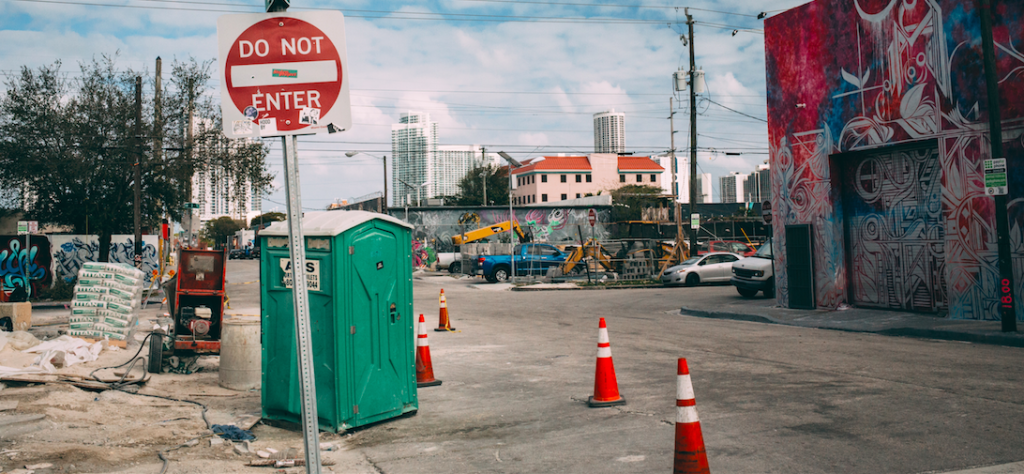When taking on a distressed property, it is important for new investors to take time to really consider both the market and their personal goals, and develop an appropriate investment strategy. Real estate, while potentially highly lucrative, can also spell disaster for the investor who doesn’t know how to avoid pitfalls that investors commonly make. Here are 4 things to keep in mind before taking on a distressed property.
- Low market price and low cost are quite different.
One mistake that new investors make fairly often is attempting to lower costs by purchasing the cheapest properties on the market. While this seems logical enough at the surface, this investment strategy can go wrong pretty quickly. Finding a cheap, “As Is,” distressed property can be fairly easy, but they come with risks that other properties do not. Thorough consideration and budgeting should be done with potential problems budgeted and accounted for. With even the best laid plans, surprises abound on these types of properties, so be sure to keep a “Just In Case” entry in the budget.
- Location, location, location
Yes, regardless of the price, the location of your property is still an important factor in determining how quickly you will see a return on your investment. Whether you are a buy and hold investor or a flipper, ultimately, the location of your property will determine the price you can charge renters or buyers. A cheap property in a low rent, low income is going to garner the same low rent or price tag, no matter how much you put into renovations.
- Investment and involvement
Distressed properties can be great investments, but they will require much more investment and involvement from you in the form of time, effort, energy, and resources than traditional investment properties. Problems will arise that you will need to fix. You will need to pay attention to the details of the budget, timeline, contractors, deliveries, permits, and more. It is important that you are available to make quick decisions on important issues, and to handle surprises in a timely manner. Failure to do so will likely lead to costly blows to the budget. Distressed properties need more than a fresh coat of paint, a few new shrubs and new carpet. They require major overhauls that could include surprise issues with electric, flooring, foundation, infestations, roof, plumbing, mold, and/or sub-flooring. If you don’t plan and budget for the possibility of any and all of these issues, you will likely be in over your head in no time.
- The only thing to expect is the unexpected.
Another thing to consider when taking on a distressed property are unforeseen complications with zoning, property lines, taxes, title, liens, neighbors, or even the bank. Once you begin to overhaul your property, you could run into issues with asbestos, septic systems, foundation, mold, and any number of additional budget crushing problems. Hidden costs like these increase your budget, quickly turning a solid investment into a money pit.
When it comes to distressed real estate investing, experience and planning count. The massive headaches and unavoidable complications that inevitably come with investing in distressed properties will test even the most experienced investor. Your budget will change, so be flexible. Planning ahead can save you from costly mistakes, but there will be surprises. This type of property investing isn’t for the faint of heart, so carefully weigh all variables before committing to the complete overhaul of your purchase.
For more on investments blog entries, CLICK HERE.


